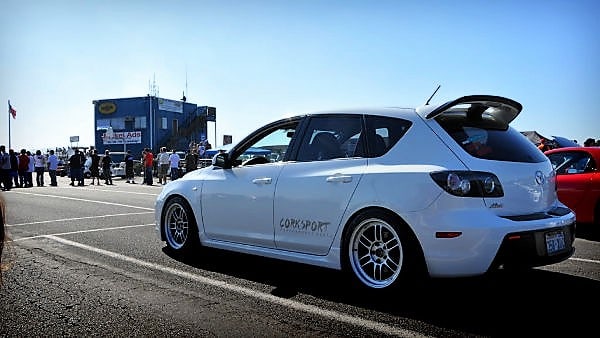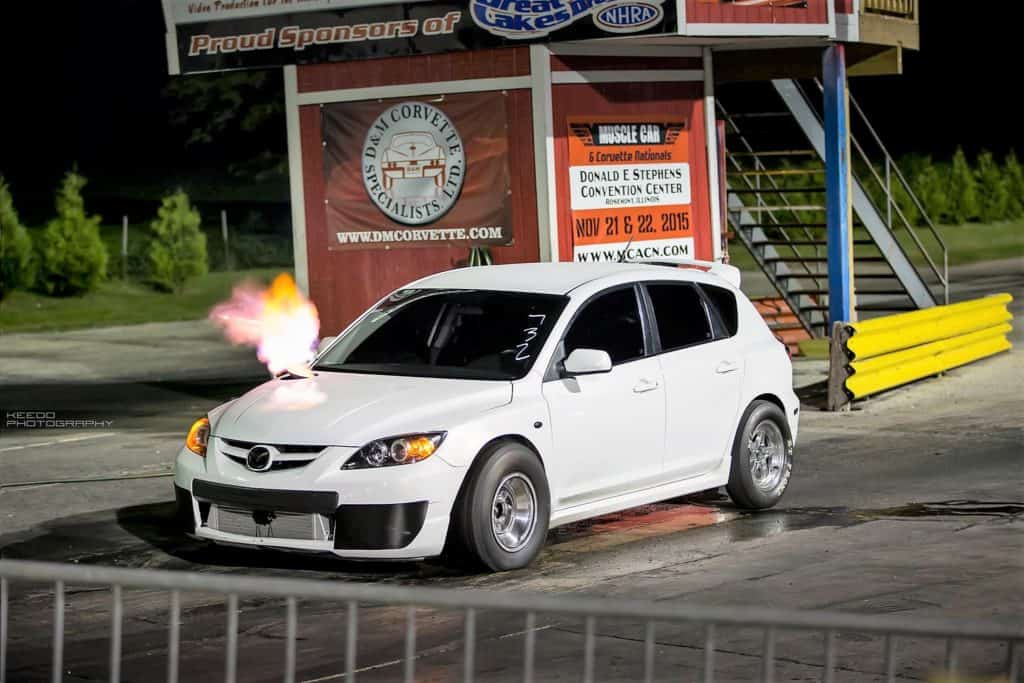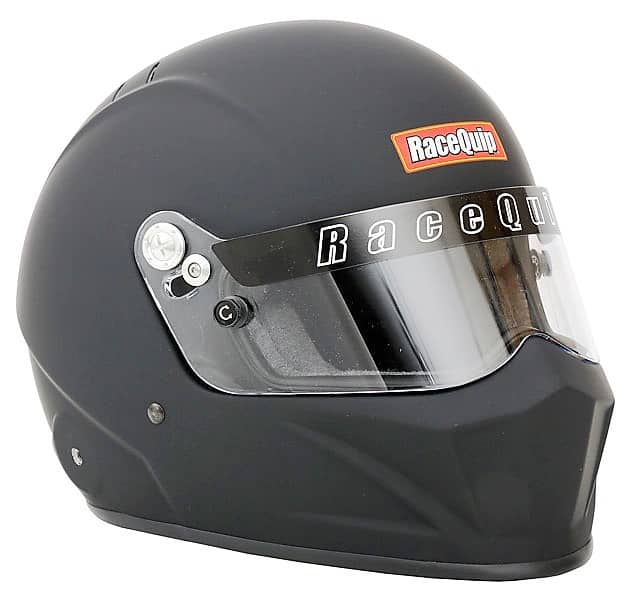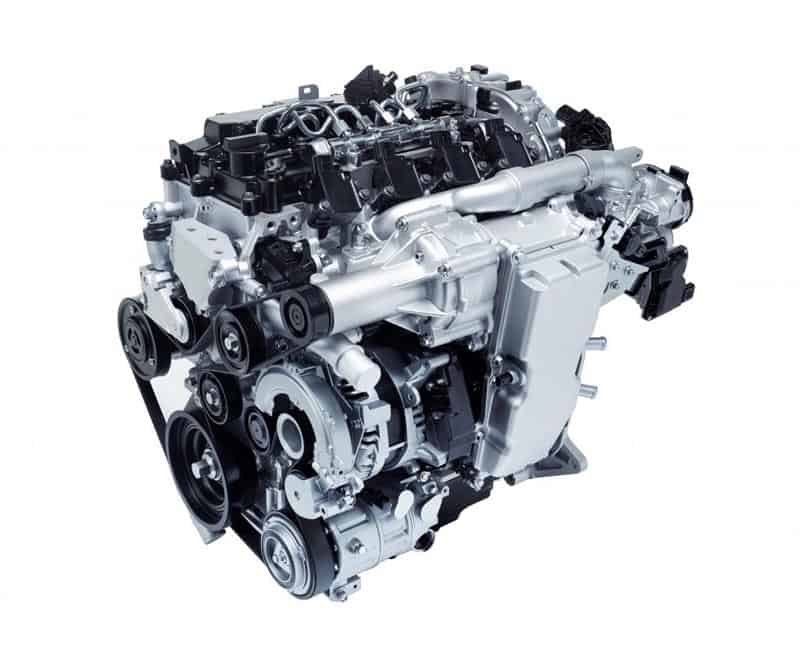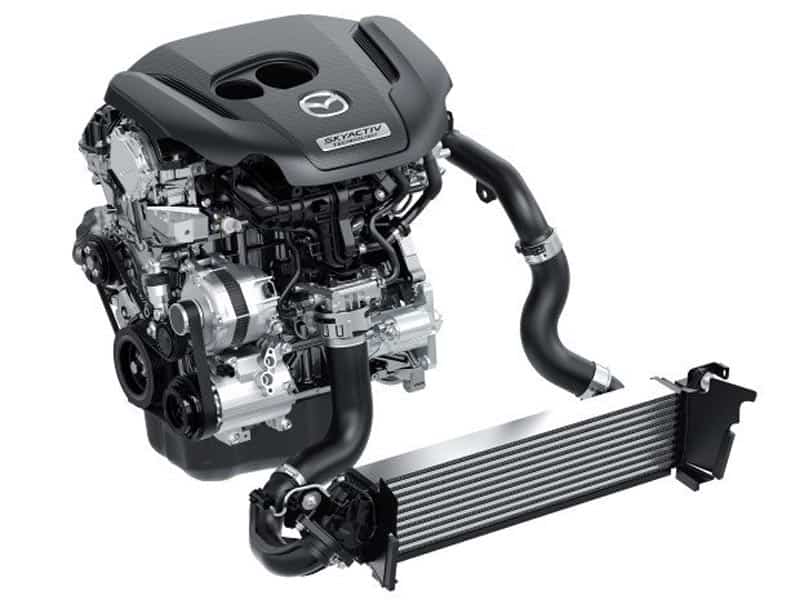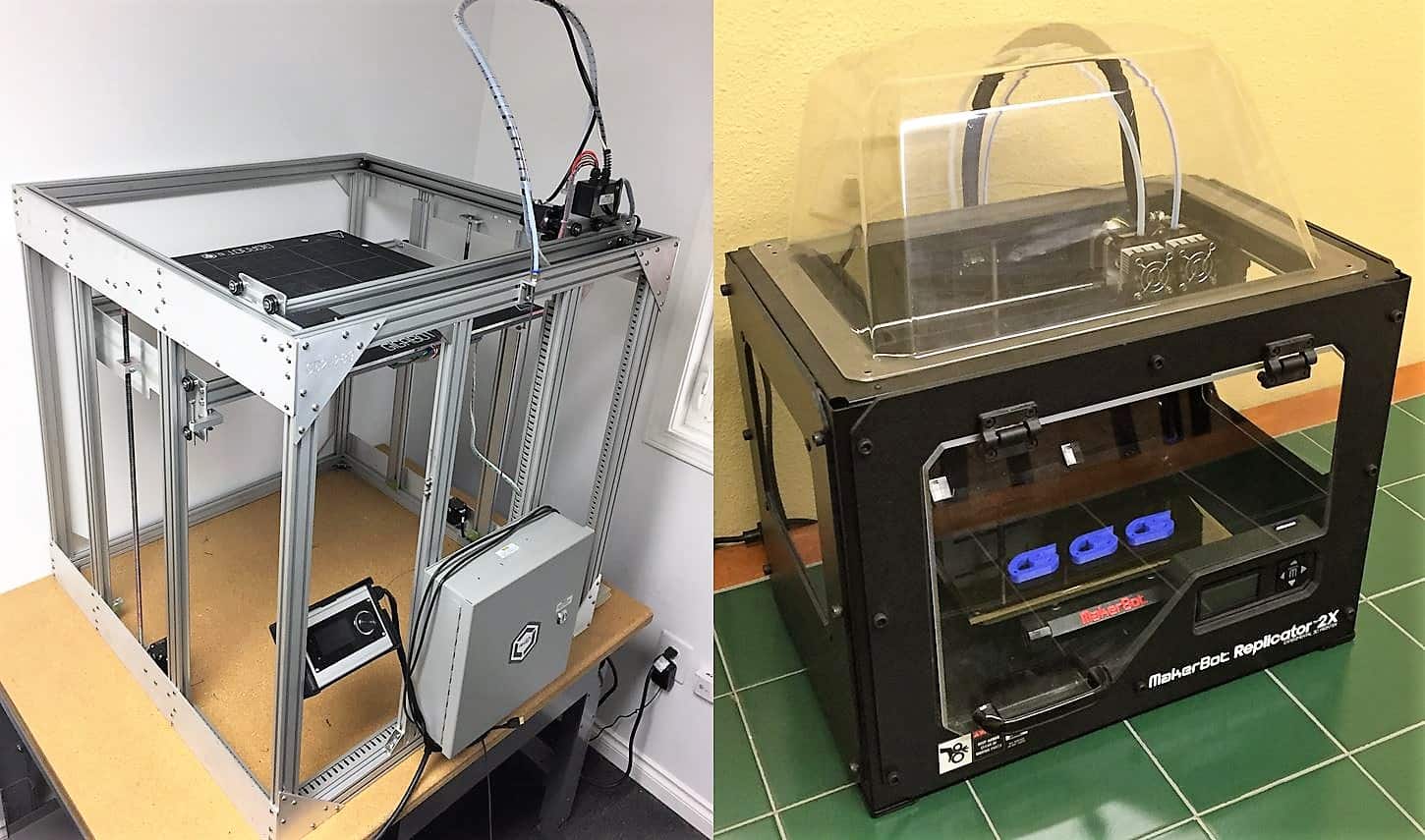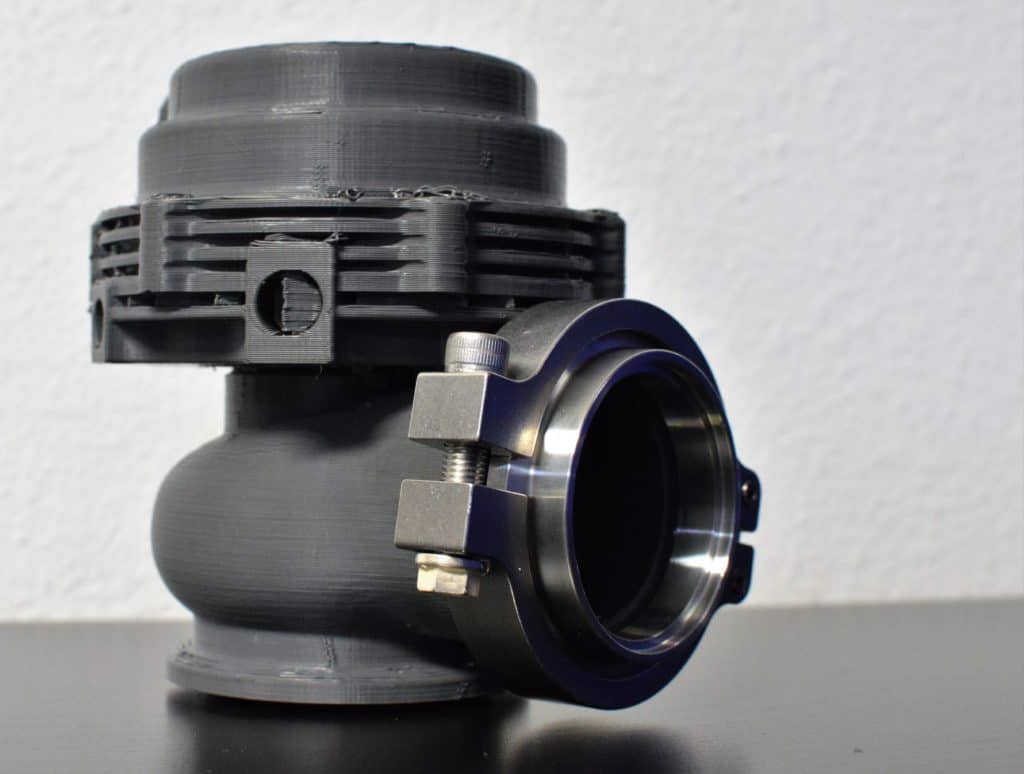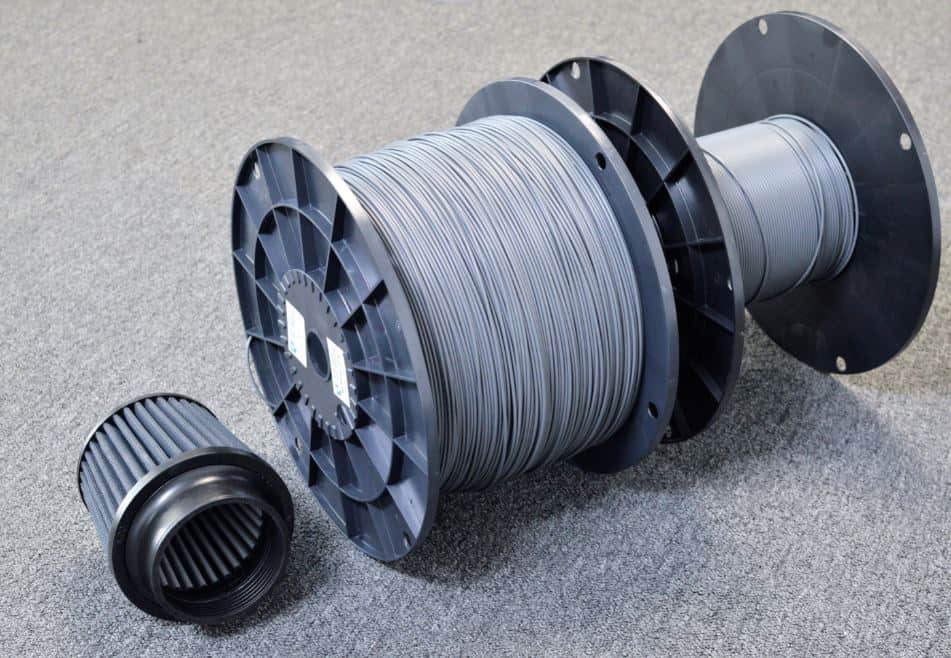Ever sat in your garage looking at your Mazda and starting thinking about what a different color, a new wheel choice, or even some colorful accents would look like on your ride?
Without Photoshop skills, this is usually simply daydreaming without being able to see it in the flesh. Plasti dip can change that by giving you a cheap and easily reversible method to try out a new look on your car. I thought I would share my experiences with plasti dip, and give you all some tips and tricks to help you personalize your ride.
In case you haven’t heard of plasti dip, it started out as a thick paint-like coating that tools were dipped into to provide a rubberized handle for better grip. Eventually, it was put into spray paint cans to make it easier to apply to larger areas. Because it has a rubber-like quality, once it is applied and fully dried, it offers good protection but can also be easily peeled off when the original color or finish is desired.
Check out the wheel below in the middle of getting dip removed – it almost comes off like a vinyl wrap.
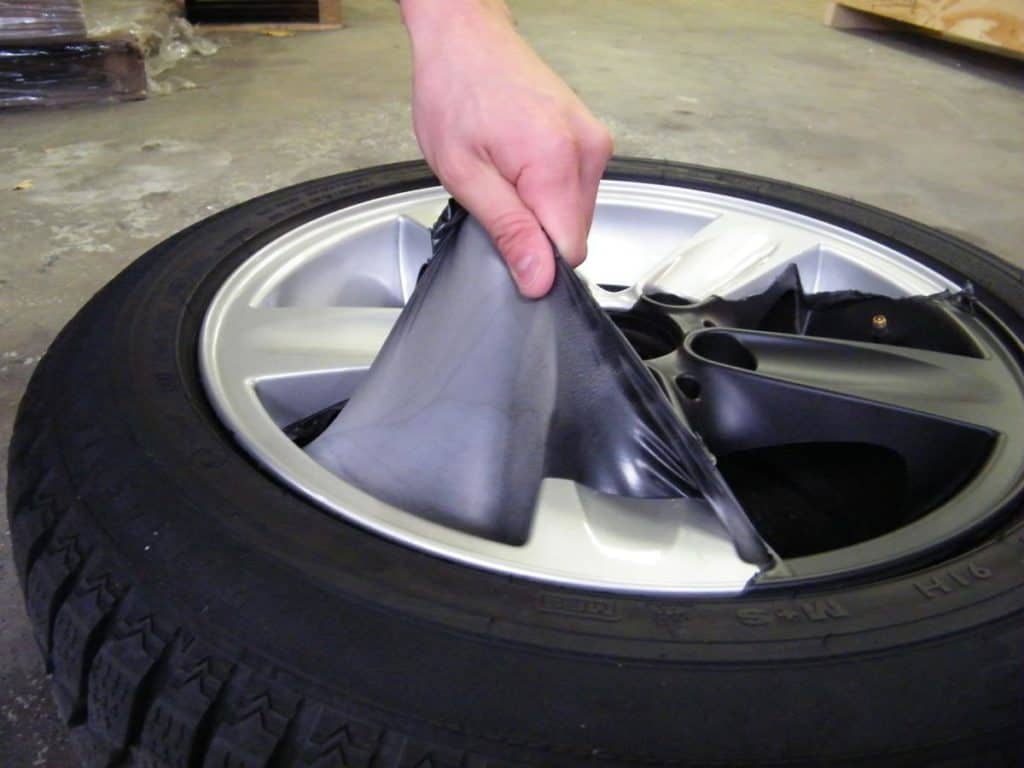
Plasti dip comes in a ton of colors so it makes it really easy to get exactly what you want. All the “base” colors come out as a matte finish, however, there are top coats that can give a gloss, metallic, or even a pearlescent color-changing appearance so you can usually find exactly what you are looking for.
From my experience, the horror stories you hear about Plasti dip are from those who are not using the product correctly. To help you avoid these headaches, below are some tips and tricks that have really helped me during my dipping ventures.
If it’s easy to remove; remove it! For wheels especially this makes it so much easier to make sure you get in all the nooks and crannies. Plus, you have to do a lot less masking. For any Mazda that has the front emblem recessed into the grill, remove it-masking is a pain and there are only 4 clips that hold it in.
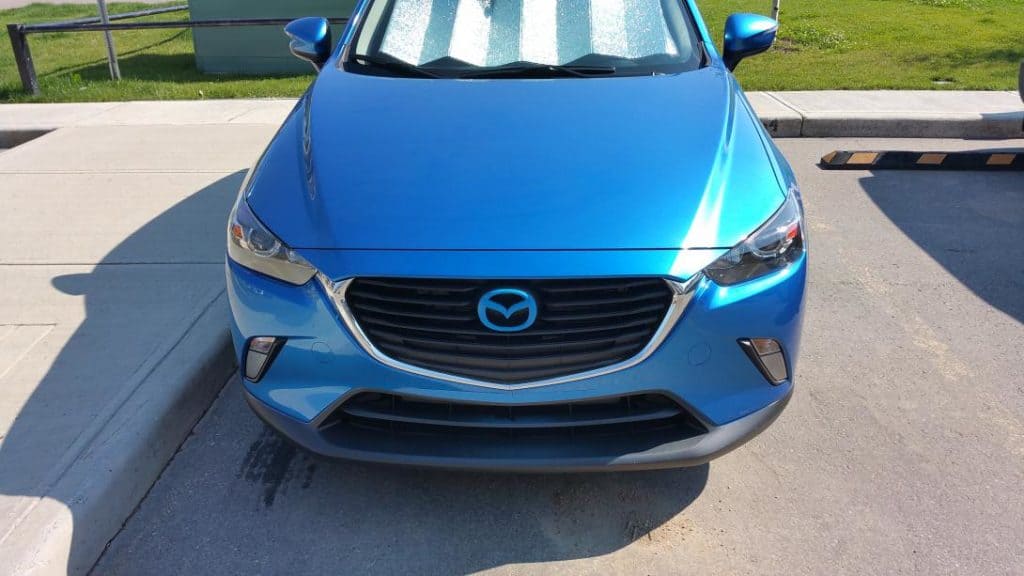
Leave glued-on emblems on the car. These are a pain to remove and then reposition. If you clean your paint well enough, the dip will peel right off and “cut” itself around the emblem. Give yourself about 1”-2” around the edge of your emblem before your masking. The video below is also a great example of one of the pearlescent colors.
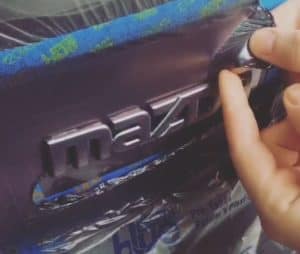
Prep, prep, and more prep. The cleaner your surfaces are the better quality your dip job will be. More protective, better looking, and longer lasting dip all come from good prep work. Using a good degreaser that doesn’t leave any residue works best. Also, make sure parts are completely dry before starting any plasti dip application.
Use the notecard trick for wheels. This works better if your wheels are off the car. Instead of masking the tire, place notecards between the tire and outer edge of the wheel. This gives good protection for the tire while being much quicker to apply and remove than tape.
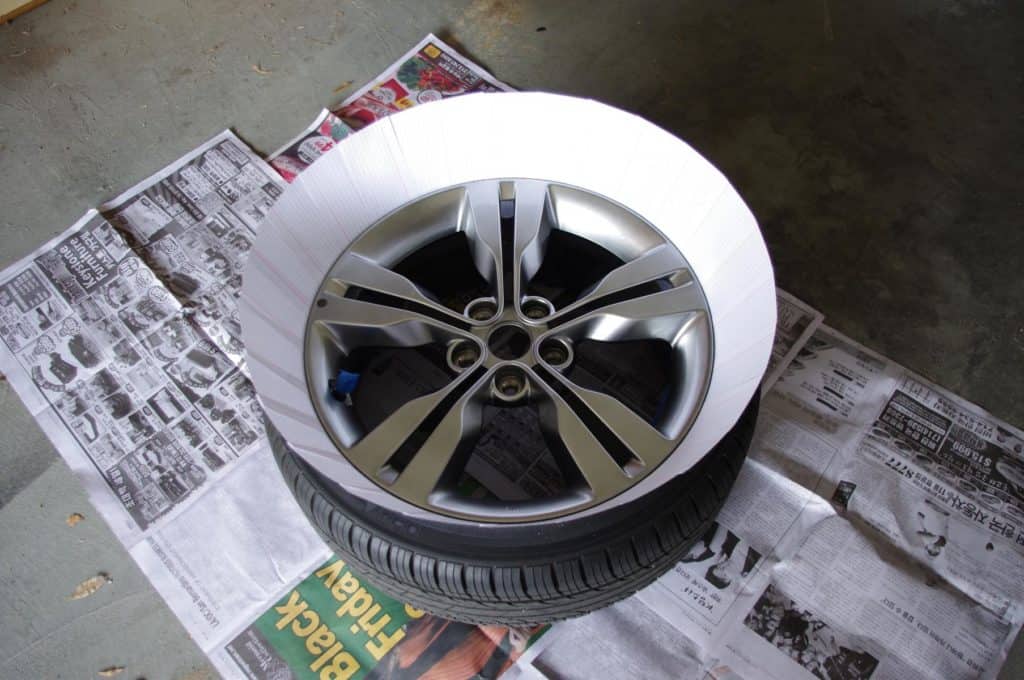
Apply plenty of coats. This is one of the biggest reasons people have issues removing plasti dip-not enough layers! Your first layer should be a dust coat with pretty poor coverage. Then you should have at least 4 coats on top. These later coats should be wet coats-that is, apply the dip pretty heavy so you have an even, glossy/wet appearance for each coat.
Other simpler tips/tricks:
Get the hard to reach portions of wheels first, and then finish the coat with the face of the wheel for a more even appearance.
Use nickels/quarters in the tapered part of the lug nut holes. This prevents tearing when you reinstall your wheels.
Get plastic “spudger” tools like the ones below. They make it easy to peel hard-to-reach areas like the inside of emblems without having to worry about scratching the paint underneath.
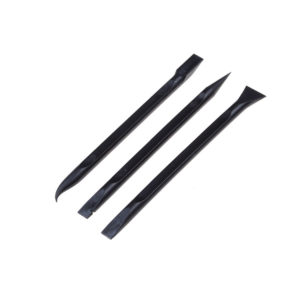
Do your research beforehand. There is a ton of useful information out there to make sure you get your job done right.
Now, I have mainly done wheels and emblems as they are very inexpensive to do and DIY friendly. There are plenty of people out there who do entire cars though. I would highly recommend getting a proper sprayer and liquid plasti dip to prevent the streaking that seems to always show up when rattle canning an entire car. Even with this added cost, you can get a full paint job for only a few hundred instead of a few thousand.
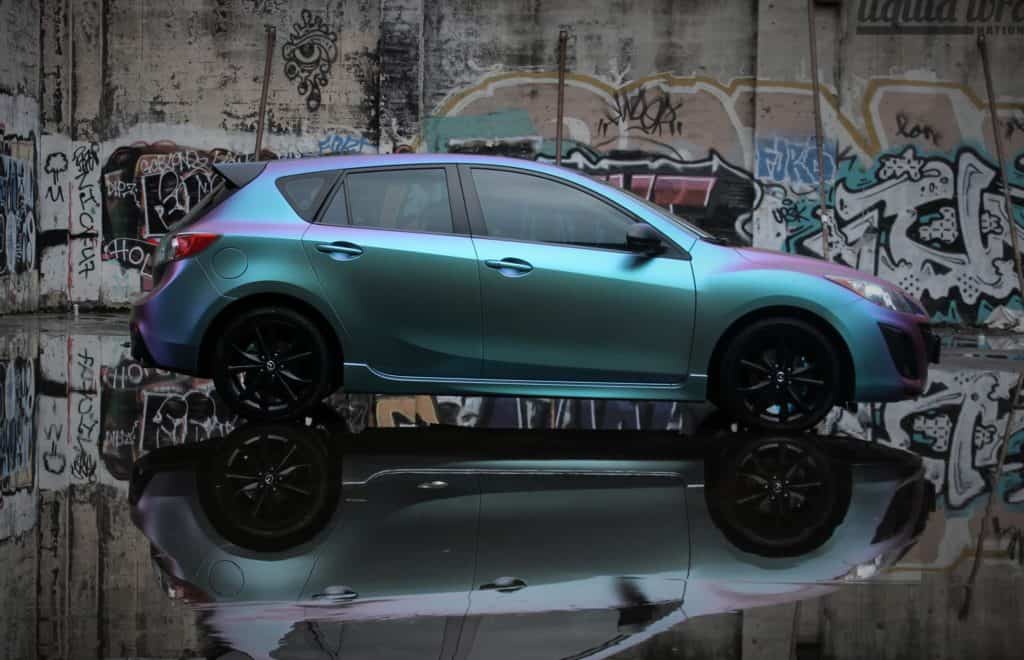
Where Plasti dip can get really interesting is the creativity that comes with it. Personalizing some of the CorkSport parts on your Mazda can really give it that finishing touch. How about a custom color Aluminum Shift Knob that has the added bonus of extra grip? Or even some extra protection for your CorkSport Front Lip or Carbon Fiber Hood Scoop during the winter months. I think some plasti-dipped CorkSport Gauges could look great in the right color. That is what’s great about plasti dip though – try whatever you want, and if you don’t like it, simply remove it and try again!
Let us know what you have plasti dipped down below, and include any other tips if you have them!
-Daniel



